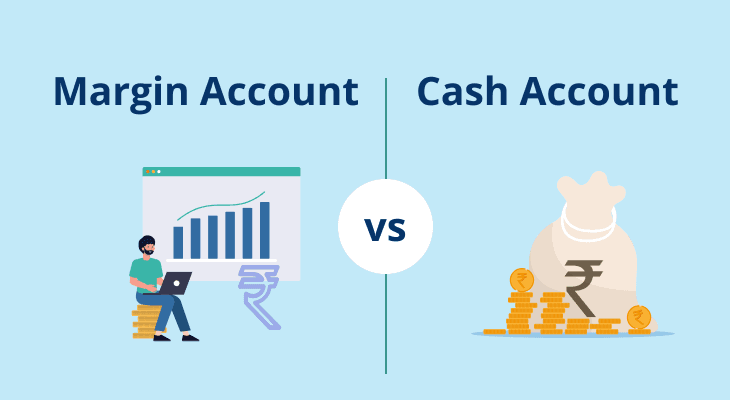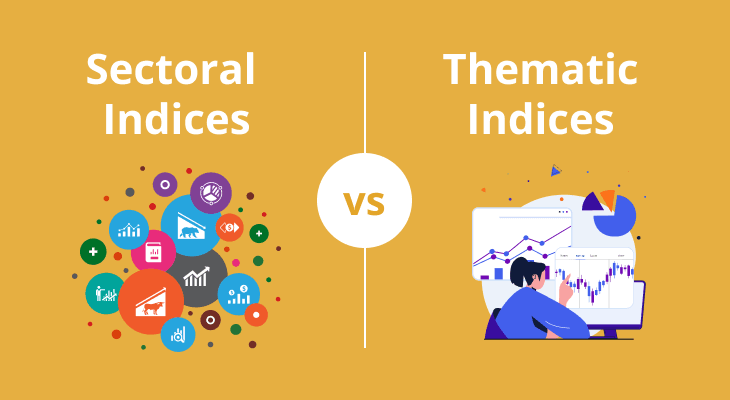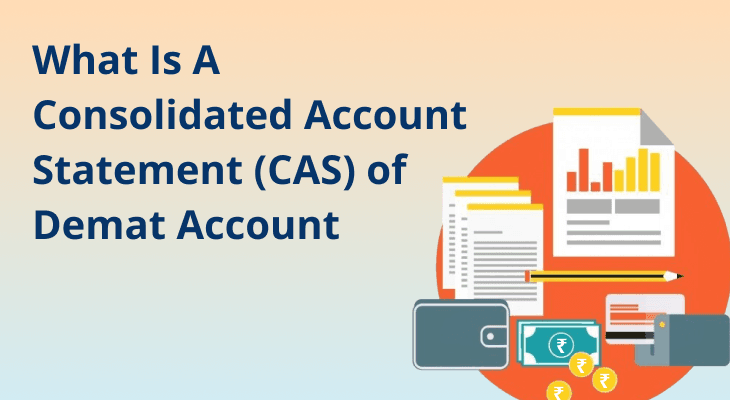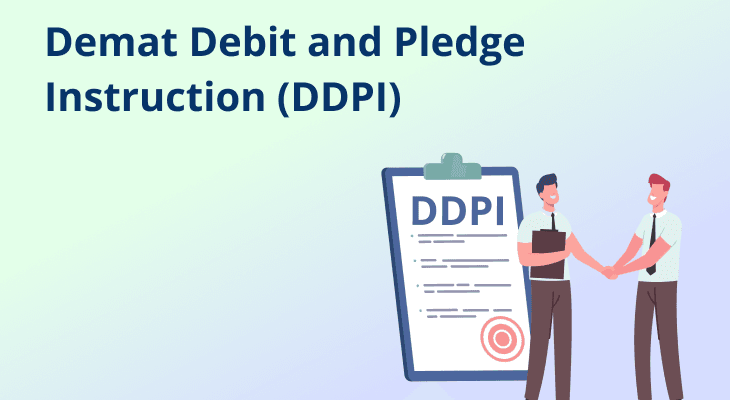
Demat Account Reconciliation: Secure & Track Your Holdings
As more Indians participate in equity markets, mutual funds, and ETFs, Demat accounts have become the standard for holding securities digitally. However, simply having a Demat account is not enough. To ensure your records are accurate, you must perform Demat account reconciliation regularly.
What is Demat reconciliation? In simple terms, it is the process of matching your recorded transactions, holdings, corporate actions, dividends, and charges against the official statements issued by your Depository Participant (DP). This verification helps you identify discrepancies, catch errors early, and prevent fraud.
In today’s fast-paced markets, where even small mismatches can affect your tax filing, portfolio valuation, and long-term wealth planning, reconciliation is not just a best practice, it is a necessity. Let’s find out more on this.
What Is Demat Account Reconciliation?
A Demat account reconciliation means comparing your investment records with the official Demat statements from NSDL or CDSL to ensure accuracy.
It includes checking:
- Transactions – buy/sell orders executed through brokers.
- Corporate actions – stock splits, rights, mergers, or bonus issues.
- Dividends – whether credited on time and in the right amount.
- Brokerage fees and charges – to ensure no overcharging.
- Holdings – the final securities tally in your account.
For instance:
- If you purchased 50 shares of a company but only 45 appear in your statement, reconciliation will flag the issue.
- If a company issues a bonus share or dividend that does not reflect in your Demat, reconciliation helps you raise the matter with your broker or DP.
Without reconciliation, errors can go unnoticed, leading to financial losses, incorrect tax reporting, or even fraudulent withdrawals.
Why It Matters?
Performing Demat reconciliation is about far more than just checking numbers. It protects your financial integrity in multiple ways:
- Accuracy in records: Identifies mismatches in transactions so your portfolio remains precise. For example, if your broker’s report shows one figure but your Demat statement differs, reconciliation helps resolve the gap.
- Tax compliance: Ensures capital gains and dividend income match tax returns, avoiding notices from the IT department.
- Investor confidence: Knowing that your holdings are reconciled strengthens trust in your portfolio value and your financial planning decisions.
- Fraud prevention: Detects unauthorised trades or misreporting early before they cause significant harm.
Common Reconciliation Challenges
While reconciliation is vital, many investors face hurdles, such as:
- High transaction volumes: Active traders who deal in hundreds of trades often struggle to manually track entries.
- Complex corporate actions: Adjustments from mergers, stock splits, or rights issues may not always reflect immediately in your Demat.
- Missed dividends: Sometimes dividends are delayed or not credited at all, particularly for smaller holdings.
- System discrepancies: Differences may arise between DP records, broker platforms, or registrar updates.
Such challenges highlight why systematic, regular reconciliation is essential.
Step-by-Step Reconciliation Process
Here is a structured approach every investor should follow:
- Download Demat & contract notes: Obtain monthly statements from your DP (NSDL/CDSL) and broker records.
- Track transactions: Maintain a log of all buys, sells, corporate actions, dividends, and fees.
- Match entries: Verify that your trades align between broker contract notes and Demat statements.
- Verify corporate actions: Check if stock splits, bonus shares, or rights have been correctly credited.
- Reconcile dividends & fees: Compare expected dividends and brokerage charges against actual credits/debits.
- Check holdings: Ensure that the final tally of securities equals your expected numbers after adjustments.
- Document discrepancies: Keep notes of mismatches and follow up with your broker or DP for resolution.
Tools & Automation
Manual reconciliation can be time-consuming, but today’s investors can simplify the process using technology:
- Digital Demat statements: Both NSDL and CDSL provide e-CAS (Consolidated Account Statement), combining Demat and mutual fund holdings in one report.
- Automated platforms: Some fintech tools allow you to upload broker contracts and Demat statements to auto-match entries.
- Alerts & notifications: Reputed DPs like m.Stock regularly send SMS/email alerts for every credit or debit. Using these helps spot errors in real time.
Frequency & Best Practices
Reconciliation works best when done consistently:
- Monthly: Ideal for most investors to track activity and detect errors early.
- Quarterly: Aligns with corporate reporting and dividend schedules.
- Immediately after corporate actions: Reconcile when a stock split, merger, or rights issue takes place.
- Cross-check data: Always validate between DP, broker records, and personal logs.
By following these practices, investors can avoid year-end surprises during tax filing.
Handling Discrepancies
If you find mismatches, here’s how to respond:
- Identify the source: Whether the error is in transactions, corporate actions, or dividend entries.
- Contact your broker: If trades are missing or fees are misapplied.
- Reach out to your DP: For issues relating to holdings or missing corporate action credits.
- Escalate unresolved issues: Approach the DP grievance cell, Ombudsman, or the depositories (NSDL/CDSL) if the matter remains unresolved.
Conclusion & Action Steps
Demat account reconciliation is a cornerstone of secure investing. By reviewing your transactions, dividends, corporate actions, and holdings regularly, you protect yourself from discrepancies, tax mismatches, and even fraud.
Action steps for investors:
- Download your monthly e-CAS from NSDL/CDSL.
- Maintain your own transaction log for cross-checking.
- Use reconciliation tools or spreadsheets to simplify tracking.
- Report discrepancies immediately to avoid bigger problems later.
In short, regular demat reconciliation is the simplest way to maintain accurate, secure, and trustworthy investment records.
FAQ
What should I compare during reconciliation?
During reconciliation, you should compare your Demat statement with broker contract notes to ensure that all buy and sell transactions match correctly. Additionally, check whether dividends, bonuses, and corporate actions are reflected accurately. Fees and charges should also align with your broker’s records. This helps verify that your final holdings truly match what you expect to own.
Can I automate Demat reconciliation?
Yes, several fintech tools and broker platforms offer automated reconciliation. These tools allow you to upload your broker contract notes and Demat statements, then match trades, dividends, and corporate actions automatically. While automation reduces manual effort and human errors, it is still advisable to review the reports yourself to catch discrepancies or missing entries that software may overlook.
How often should I reconcile my Demat account?
Ideally, reconciliation should be done monthly so that any errors or mismatches are caught early. Some investors also reconcile quarterly to align with corporate actions such as bonus issues or dividends. Active traders who execute many transactions may benefit from more frequent checks. At the very least, always reconcile after major corporate events in your holdings.
How do I handle missing corporate action credits?
If you notice missing dividends, bonus shares, or rights entitlements in your Demat account, first verify the record dates and entitlement details. Sometimes there is a short processing delay. If the issue persists, contact your Depository Participant (DP) with supporting documents like corporate action notices. In unresolved cases, escalate to the DP grievance cell or depository directly.
Why is Demat reconciliation important for tax filing?
Accurate reconciliation ensures that your capital gains, dividend income, and transaction records are correct for tax reporting. If there are mismatches between broker and DP statements, you could either under-report or over-report your taxable income, leading to penalties or scrutiny from tax authorities. Regular reconciliation helps you maintain clear, compliant financial records for tax filing purposes.
What are the common mistakes investors make during reconciliation?
Common mistakes include ignoring small mismatches, not reconciling regularly, or assuming brokers’ records are always correct. Some investors also overlook fees, charges, or dividend credits, leading to inaccurate holdings. Another frequent mistake is not checking post-corporate action updates like stock splits or rights issues. These oversights can result in distorted portfolios and tax filing errors.
Can reconciliation prevent fraud in Demat accounts?
Yes, reconciliation acts as an early warning system for fraud or unauthorised activity. If there are trades or charges you did not initiate, reconciliation will highlight them. By reviewing statements regularly, you can detect discrepancies quickly and report them to your DP. This adds an extra layer of security to safeguard your investments against misuse.
What tools are available for Demat reconciliation?
Investors can use NSDL and CDSL’s eCAS statements, which provide consolidated details of all holdings across brokers. In addition, fintech apps and portfolio trackers allow you to upload broker contract notes for automated matching. Some brokers also offer in-built reconciliation features in their platforms. Choosing the right tool depends on your trading activity and comfort with digital platforms.
What if my broker and DP statements don’t match?
First, identify the nature of the mismatch. It could be a timing issue, a corporate action delay, or an error in recording. If it is not resolved within a few days, contact your DP with the relevant documents. Escalate the matter to the DP’s grievance redressal cell or to NSDL/CDSL if the discrepancy remains unresolved.
Is Demat reconciliation necessary for long-term investors with few trades?
Yes, even long-term investors should reconcile their Demat accounts. While you may have fewer transactions, corporate actions, dividends, or fees could still be misreported. Additionally, regular checks protect you from unnoticed discrepancies or unauthorised activity. A simple quarterly or half-yearly reconciliation is usually sufficient for passive investors and ensures peace of mind and accurate records.


